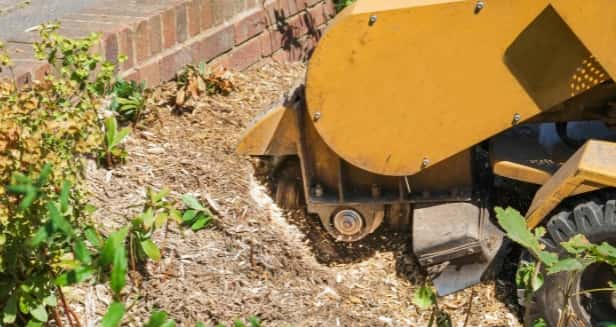Introduction: In our bustling urban and suburban landscapes, noise pollution has become increasingly prevalent, impacting our health, well-being, and quality of life. While traditional noise reduction measures often focus on soundproofing buildings or installing barriers, an often-overlooked solution lies within the natural realm: trees. Through strategic tree trimming practices, arborists can help mitigate noise pollution by shaping tree canopies to absorb and block sound waves. In this blog post, we delve into the connection between tree trimming and noise reduction, exploring how this symbiotic relationship benefits both the environment and human communities.
Absorbing Sound Waves:
- Trees are natural sound absorbers, capturing and dissipating airborne noise through their leaves, branches, and bark. However, dense foliage or overgrown branches can limit the effectiveness of this natural noise barrier by obstructing airflow and trapping sound within the canopy. Through selective trimming to thin out the canopy and create open spaces, arborists enhance the tree’s ability to absorb and diffuse sound waves, reducing the intensity of noise pollution in the surrounding environment.
Blocking Line of Sight:
- In addition to absorbing sound, trees can act as visual barriers that obstruct the line of sight and block the direct noise transmission between sources and receptors. When properly maintained through trimming, dense tree canopies create a physical barrier that intercepts and deflects sound waves, preventing them from reaching sensitive receptors such as homes, schools, and outdoor recreational areas. By strategically positioning trees along noise corridors or property boundaries, arborists can effectively mitigate noise intrusion and create quieter, more tranquil environments for residents.
Reducing Reverberation:
- Reverberation, or the persistence of sound waves within an enclosed or semi-enclosed space, can increase noise levels and create a disruptive auditory environment. Trees reduce reverberation by breaking up sound reflections and diffusing acoustic energy within their canopy. Through careful pruning to shape the canopy and create irregular surfaces, arborists minimise the reverberant effects of sound, resulting in a quieter and more acoustically balanced environment for nearby inhabitants.
Promoting Natural Habitat:
- Beyond their role in noise reduction, trimmed trees also provide valuable habitat for wildlife, supporting biodiversity and ecological balance within urban and suburban landscapes. By selectively trimming trees to preserve nesting sites, foraging areas, and wildlife corridors, arborists create thriving ecosystems that contribute to the overall health and resilience of the environment. The presence of diverse flora and fauna further enhances the landscape’s aesthetic appeal while fostering a deeper connection to nature for residents and visitors alike.
Enhancing Quality of Life:
- The benefits of tree trimming for noise reduction extend beyond environmental considerations to encompass broader improvements in the quality of life for communities. By creating quieter, more peaceful environments, trimmed trees enhance mental well-being, reduce stress levels, and improve overall health outcomes for residents. Additionally, quieter outdoor spaces promote social cohesion and encourage outdoor recreation and leisure activities, fostering community and belonging among neighbours.
Conclusion: Tree trimming holds immense potential as a natural and sustainable solution for mitigating noise pollution and enhancing the quality of our urban and suburban environments. By shaping tree canopies to absorb sound waves, block lines of sight, reduce reverberation, and promote natural habitat, arborists play a vital role in creating quieter, more harmonious landscapes for communities to enjoy. As we embrace the connection between tree trimming and noise reduction, let us cultivate a deeper appreciation for the transformative power of nature in fostering healthier, more livable cities and neighbourhoods.
Call us on: 01243 217 387
Click here to find out more about LM Tree Surgery Selsey
Click here to complete our contact form and see how we can help with your tree’s needs.

